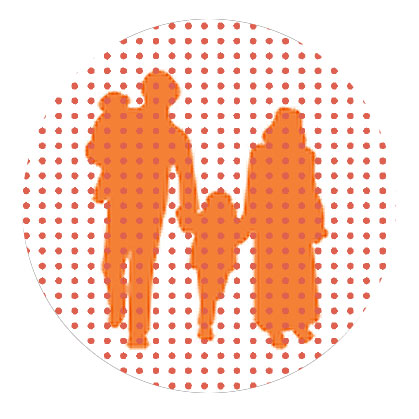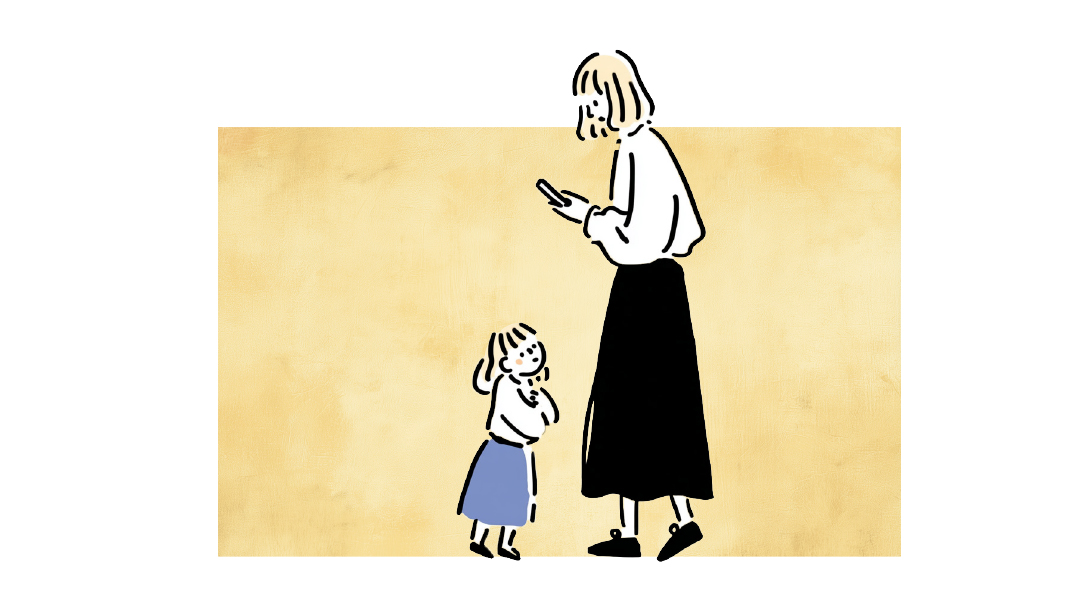A New You

We can’t become a new person. But we can change our old neural wiring

There’s always a special excitement at the beginning of a new year. It feels like, “Wow — here’s my chance to start over! This year, I can drop the old me and don the new one, the one I’ve always wanted to be.” In this spirit, we tend to think of Rosh Hashanah — the “head of the year” — as a pivotal point, the turning point for our transformation. And while the inspiration we derive from this perspective is helpful, the truth is that it rests on a faulty premise: We are not, in fact, about to morph into something completely new this year — or any other year.
The “Old You” Is Still Here
Of course, you may have already figured that out. For example, perhaps you promised yourself that you’d stop yelling at the kids last Rosh Hashanah and — surprise, surprise — you’re making that same promise this year again. In fact, if you actually keep records (a highly recommended practice), you’ll see that sweeping changes virtually never happen and even miniscule improvements are hard to come by. I say this not to discourage you from trying to improve, but rather to suggest that you might need to find a better way of going about it.
To begin with, it might be helpful to reframe the task itself. Instead of discarding unwanted behaviors, why not try building on old ones? After all, the “old you” is still very much here. When your spouse irks you, all those neural networks you’ve built over the years that trigger all those defensive counterattacks are still alive and well in your brain. Wanting to get rid of them is very different from actually getting rid of them.
It’s as if you’ve “decided” to get a new arm this year and, doing nothing else about it, are surprised to find yourself waking up with the old arm still attached to your shoulder. The neural networks in your brain, those responsible for your quick retorts, sarcastic comebacks, and/or raised voice, or whatever, are all equally attached to you. They are woven into the fabric of your brain.
Intercept the Circuit
If you really wanted a new arm, you’d have to undergo surgery to remove the old one and then you’d have to attach the new one. When it comes to changing the wired pathways of your brain (the neural pathways that generate your behavior), you will also have to perform some type of “psychosurgery.” And keep in mind that you can’t insert some entirely new neural structure into your brain, so forget your goal to become a “new you.” You will not be transforming into a happy, tranquil, confident, super-communicator this Rosh Hashanah.
But perhaps you can learn to keep your lips pressed together for 30 seconds following a surge of frustration with your spouse or children. And if you do manage to make that one small change in your wiring, you’ve created a stepping stone from which you can make many more changes. For instance, the pressing of the lips together prevents a surge of adrenalin from hijacking the common-sense faculty (located in your frontal cortex), thus preventing you from engaging in the formerly automatic destructive communication patterns that are produced just a bit further down the line of that same neural pathway.
The “surgery” involves inserting the lip-press into the old circuit as soon as you feel a physical shift from your normal, relaxed state to a state of irritation. As soon as you notice the irritation, press your lips together. Once you’ve done this, the remainder of the circuit will change on its own. The sarcasm, retorts, and raised voice will disappear by themselves. Meanwhile, with lips tightly closed and brain wide open, you’ll be able to decide what steps you want to take to handle the provocative situation that triggered the circuit in the first place.
You may decide that no comment is necessary or a time-out would be helpful followed by problem-solving and communication later on in the day. What you decide matters far less than the fact that you’ve made it possible to decide, due to the small change you inserted into a live wire.
Whatever you’re trying to change this year, follow the same principle: Add something to the middle of a circuit that is currently running in the “old you.” This is how you will eventually become a truly new you!
(Originally featured in Family First, Issue 710)
Oops! We could not locate your form.




